As the popularity of soccer continues to soar in the United States, understanding the right equipment becomes increasingly important for players of all levels. One of the most critical pieces of equipment that soccer players must choose wisely is their soccer shoes. This article provides an in-depth look into the differences between various types of soccer shoes, helping you make an informed decision based on your playing style, field type, and personal preferences.
Why Choosing the Right Soccer Shoes Matters
Soccer shoes are not merely a matter of style; they significantly affect performance, comfort, and injury prevention. Choosing the right pair can enhance your gameplay, provide the necessary grip, and reduce the risk of slipping or falling. Let’s dive deeper into the various types of soccer shoes available.
Types of Soccer Shoes
Soccer shoes come in several designs, each tailored to specific surfaces and playing conditions. Here’s a breakdown:
1. Firm Ground (FG) Soccer Shoes
Designed for natural grass surfaces, FG shoes feature conical or bladed studs that provide excellent traction and stability.
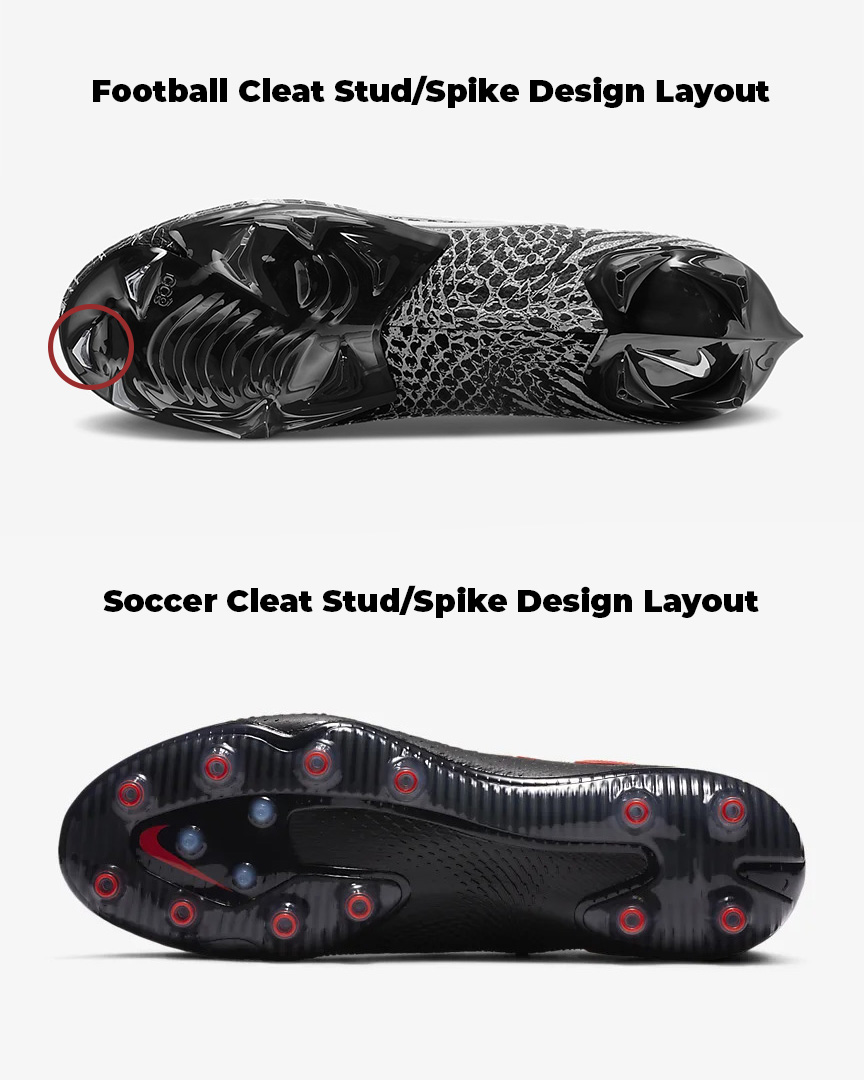
| Pros | Cons |
|---|---|
| Good traction on firm grass | Not ideal for wet or muddy conditions |
| Versatile for different positions | Less comfortable on artificial turf |
2. Soft Ground (SG) Soccer Shoes
Soft ground shoes are built for wet and muddy fields. They typically have longer studs that can be replaced to suit field conditions.
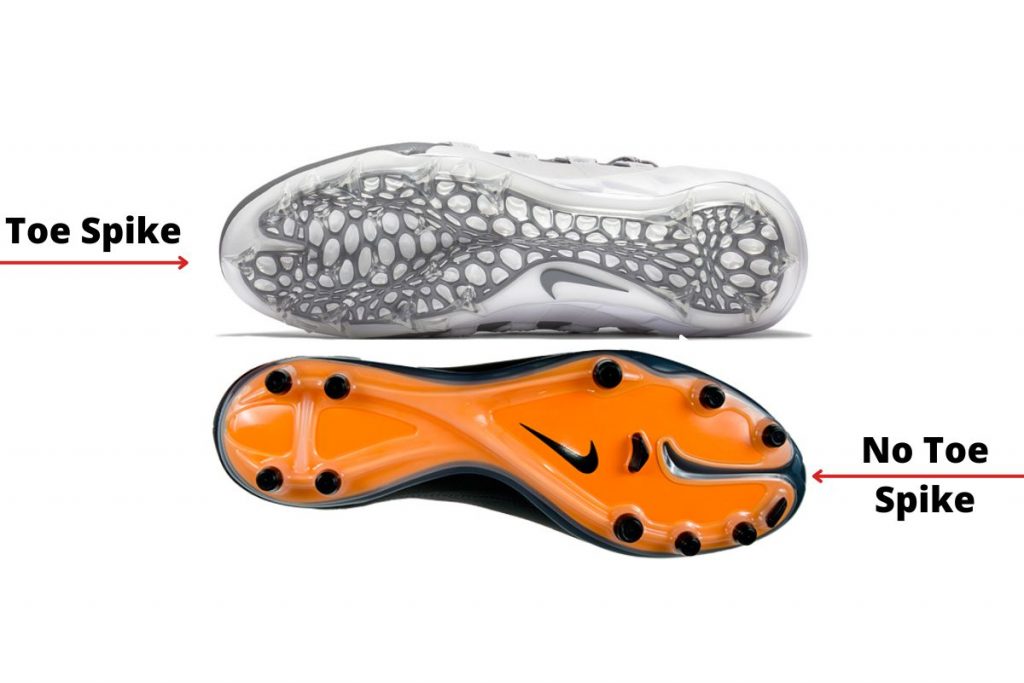
| Pros | Cons |
|---|---|
| Enhanced traction on soft surfaces | May not be suitable for dry fields |
| Customizable stud length | Can feel heavy |
3. Artificial Ground (AG) Soccer Shoes
AG shoes are specifically designed for artificial turf surfaces. They have a unique stud configuration that provides optimal grip and reduces stress on the joints.
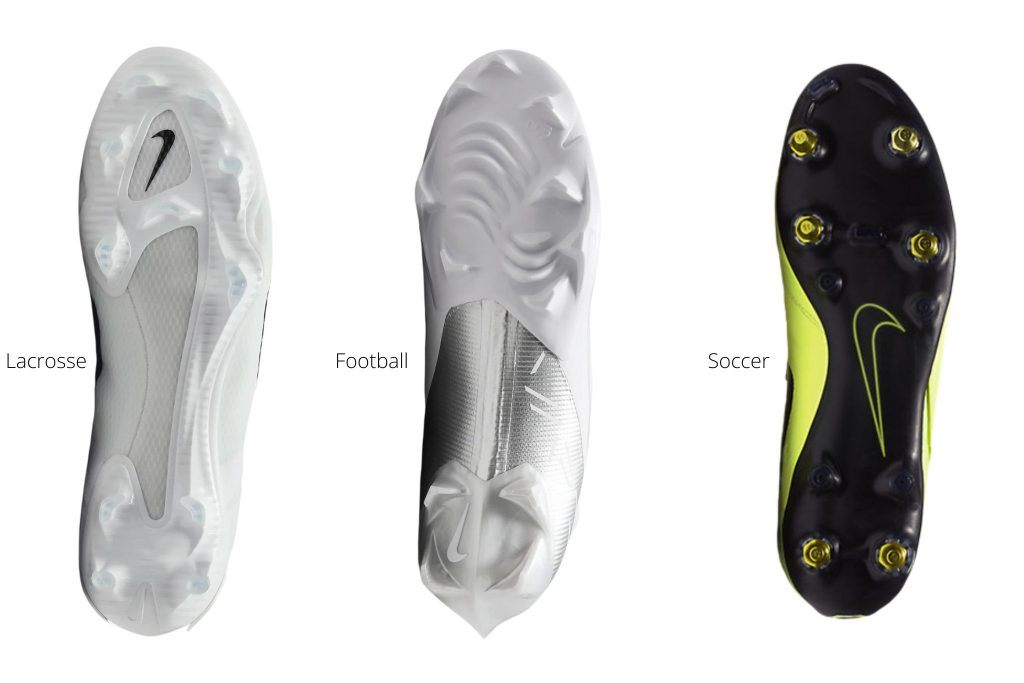
| Pros | Cons |
|---|---|
| Great traction on turf | Less effective on grass |
| Lightweight and comfortable | Durability can vary |
4. Indoor Soccer Shoes (IN)
Indoor soccer shoes are designed for playing on flat surfaces like gym floors. They have a rubber sole that provides excellent grip without marking the floor.
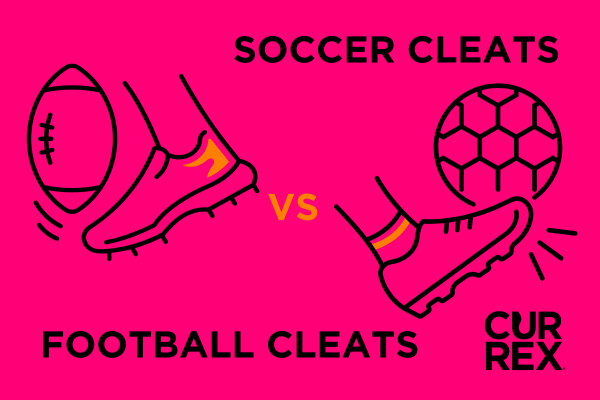
| Pros | Cons |
|---|---|
| Optimized for indoor play | Not suitable for outdoor play |
| Well-cushioned for comfort | Less protection for outdoor conditions |
Key Features to Consider
When selecting soccer shoes, there are several key features to consider:

Fit and Comfort
The right fit is crucial. Shoes should feel snug without being too tight. Different brands may have varied sizing, so trying them on is recommended.
Material
Soccer shoes are typically made from synthetic materials or leather. Leather offers better comfort and breathability, while synthetic materials are usually lighter and more durable.
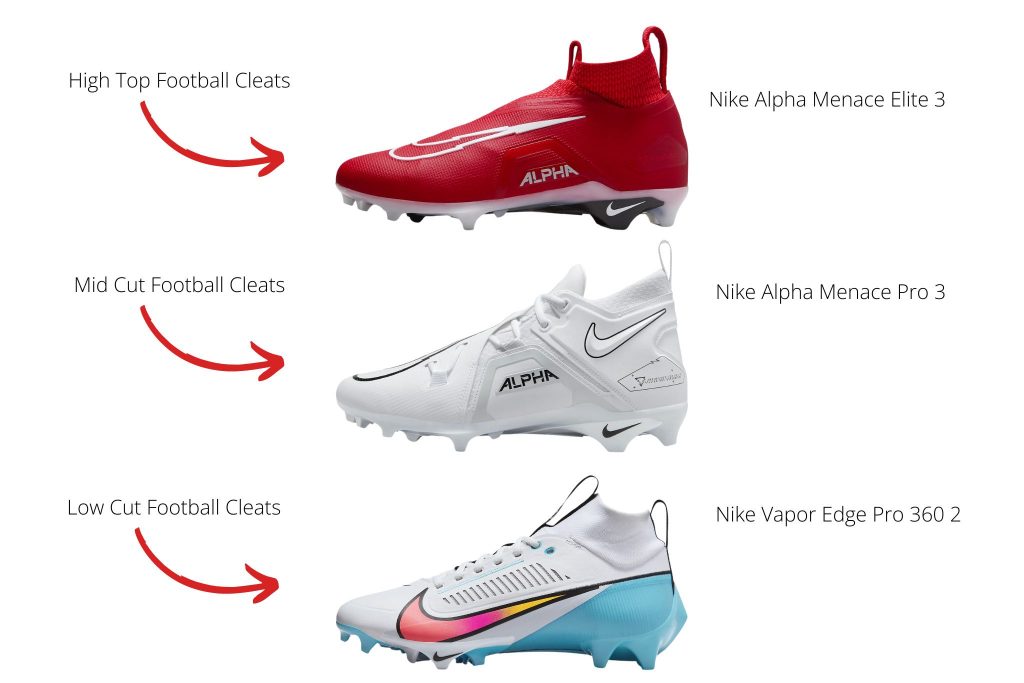
Stud Configuration
Understanding the stud configuration on your shoes will help you select the best option for your playing surface. Always choose a configuration that suits the conditions you’ll be playing in.
Popular Soccer Shoe Brands
Several brands dominate the soccer shoe market, each offering unique technologies and designs:

1. Adidas
Known for their innovative designs, Adidas offers a wide range of soccer shoes tailored for various playing conditions. Their Boost technology enhances comfort during play.
2. Nike
Nike leads with their lightweight designs and Flyknit technology, providing a snug fit that enhances ball control.

3. Puma
Puma’s Future and One lines focus on agility and speed, making them ideal for fast-paced games.
4. New Balance
New Balance emphasizes comfort with their Fresh Foam technology, great for players who prioritize cushioning.
Technology and Innovation in Soccer Shoes
Recent advancements have brought new technologies into soccer shoes:
1. Flyknit and Primeknit Technology
These materials offer a sock-like fit, improving comfort and reducing weight.
2. Lightweight Materials
Modern soccer shoes utilize lightweight materials to enhance speed and agility on the field.
3. Enhanced Traction Systems
Many brands have introduced advanced stud designs that maximize grip on different surfaces.
Local Soccer Experiences and Cultural Impact
Soccer has grown significantly in the U.S., with local leagues and teams thriving in communities. From youth soccer leagues to professional teams like LA Galaxy and New York Red Bulls, players across the nation are discovering the importance of proper soccer shoes.
Tips for Maintaining Soccer Shoes
To extend the life of your soccer shoes, consider the following:
- Clean them after each game to remove dirt and grass.
- Store them in a cool, dry place to prevent mold and odor.
- Avoid wearing them on surfaces they’re not designed for to maintain stud integrity.
FAQs About Soccer Shoes
What type of soccer shoes should I buy for turf?
Artificial Ground (AG) shoes are specifically designed for turf fields. They provide the best traction and comfort.
Are firm ground shoes good for artificial turf?
While FG shoes can be used on artificial turf, they are not ideal as they may cause excessive wear and tear on the shoes.
How do I know if my soccer shoes fit properly?
Your shoes should fit snugly without pinching. You should be able to move your toes and have a bit of space at the heel.
Can I use indoor soccer shoes outside?
Indoor shoes are not designed for outdoor play and can wear out quickly on rough surfaces.
Do high-end soccer shoes really make a difference?
Yes, higher-end soccer shoes often incorporate better materials, technology, and design, which can enhance performance and comfort.
Conclusion
Choosing the right soccer shoes is critical to maximizing your performance on the field. With various types available, from FG to SG and AG shoes, understanding their differences can make a significant impact on your game. Invest the time to find the right pair that fits your specific needs, and enjoy the beautiful game with confidence!
For more detailed insights on soccer shoes and their impact on performance, consider accessing academic reports and studies through local educational institutions or reputable online sources.
For further information on soccer footwear options, you can check resources like US Soccer Federation or NCBI for scientific studies on the effects of soccer shoes on performance.